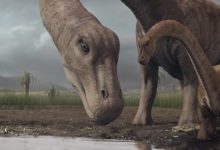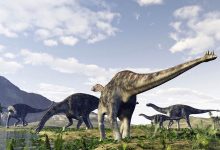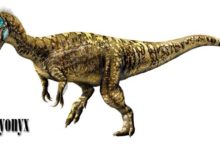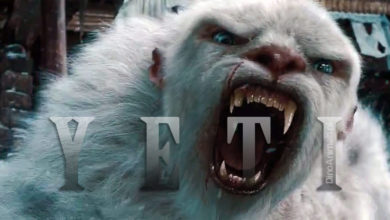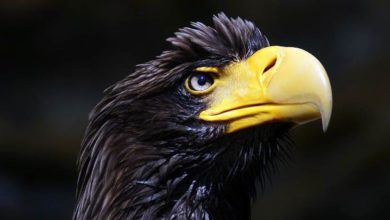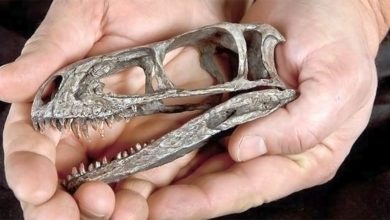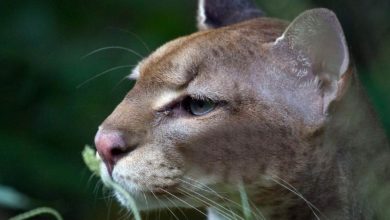Apex Stegosaurus sold for $44.6M!
'Apex' Stegosaurus Auctioned for $44.6 Million
‘Apex’ Stegosaurus auctioned for $44.6 million, becoming most expensive dinosaur fossil
What is this inflation doing to “our pockets 😉 Once, $8 million for Sue’s tyrannosaurus was something. The Field Museum of Natural History in Chicago fought like a lion, raising funds to buy it. And now, not for a Tyrannosaurus, not for Brachiosaurus, Alamosaurus or Argentinosaurus, but for some stegosaurus (considered, by the way, the stupidest dinosaur, due to its small brain), someone gave almost $45 million! One really must have nothing better to do with their money, but that, as we suspect, is not our problem nor the problem of most of our readers 🙂
In a historic event, a nearly complete Stegosaurus (Stegosaurus stenops) fossil, named “Apex,” was auctioned at Sotheby’s in New York for a record-breaking $44.6 million. Discovered in May 2022 on privately owned land in Moffat County, Colorado, near the town of Dinosaur, “Apex” stands 3.4 meters (11 feet) tall and stretches 8.2 meters (27 feet) long. Excavated by commercial paleontologist Jason Cooper, the fossil features meticulously preserved skin impressions and cervical ossicles, making it an exhibition-ready marvel.
Update: We know who bought stegosaurus
We already know who bought the Apex Stegosaurus. It’s Ken Griffin, so that $44.6 million is small for him, as he has a fortune in excess of $38 billion 🙂
Griffin is considering loaning the stegosaurus to an American institution and wants to share it with the public, rather than hanging it up as a trophy for private viewing only.
‘Apex was born in America and will remain in America!’ said Griffin after the purchase. This is likely to be the case, as Griffin previously donated $16.5 million to The Field Museum in 2018.

Stegosaurus
Stegosaurus was a dinosaur that lived during the Late Jurassic Period, approximately 155 to 145 million years ago. This herbivorous creature was known for its distinctive appearance, featuring two rows of large, triangular bony plates along its back and spikes on its tail.
Measuring up to 8 meters (26 feet) in length and weighing around 3.8 tons, Stegosaurus was about the size of a bus. Its body had an arched appearance due to its longer hind limbs compared to its forelimbs. The dinosaur’s most iconic feature, its plates, were not solid but contained blood vessels, suggesting they may have played a role in thermoregulation or display.
Stegosaurus had a relatively small brain, often compared to the size of a walnut or a bent hot dog. Despite its small brain, it was well-equipped for defense. Its tail, armed with two pairs of sharp spikes, was likely its primary weapon against predators.
Stegosaurus likely fed on low-growing vegetation in wooded areas.
Stegosaurus fossils have been found primarily in western North America, including Colorado, Wyoming, Utah, and Oklahoma. The name “Stegosaurus” means “roofed lizard”, originally derived from the misconception that its plates lay flat on its back like roof shingles.
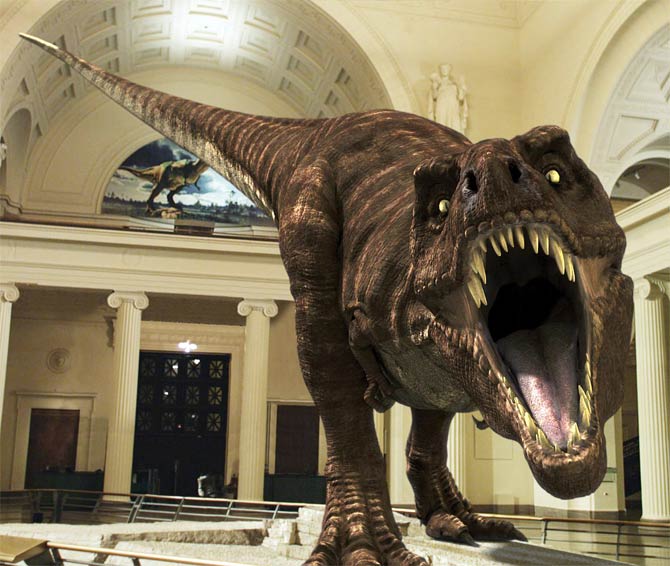
Notable Record-Breaking Dinosaur Auctions
Tyrannosaurus rex “Stan”: Sold for $31.8 million in 2020, “Stan” (Tyrannosaurus rex) became one of the most expensive fossils ever auctioned. The sale highlighted the high market value of dinosaur fossils and sparked concerns over their accessibility to the scientific community.
Tyrannosaurus rex “Sue”: In 1997, “Sue” (Tyrannosaurus rex) was sold for $8.36 million to the Field Museum of Natural History in Chicago, thanks to contributions from various donors, including the Walt Disney Company and McDonald’s. This sale set a precedent for museums acquiring high-profile fossils through public and private partnerships.
Deinonychus “Hector”: In 2022, “Hector” (Velociraptor mongoliensis) fetched $12.4 million. This well-preserved specimen was discovered in Mongolia and is one of the most complete raptor skeletons ever found, making it highly sought after by collectors.
Triceratops “Big John”: Sold for $7.74 million in 2021, “Big John” (Triceratops horridus) is the largest known triceratops skeleton, measuring over 8 meters (26 feet) in length. The sale price reflected both its size and the completeness of the fossil.
Tyrannosaurus rex “Trinity”: In 2023, “Trinity” (Tyrannosaurus rex), a composite skeleton consisting of bones from three different specimens, was auctioned for $6.1 million (5.5 million Swiss francs) at Koller Auction House in Zurich, Switzerland. Despite its impressive size—standing 3.9 meters (12.8 feet) tall and spanning 11.6 meters (38 feet) in length—only just over 50% of the skeleton is original bone material. The rest is composed of plaster and epoxy resin casts.
Gorgosaurus: In 2022, a Gorgosaurus (Gorgosaurus libratus) skeleton was auctioned for $6.07 million. Unearthed in Montana, this fossil highlighted the rarity and value of well-preserved specimens of this species in the United States.
Tyrannosaurus rex “Maximus”: Expected to fetch between $15 million to $20 million, the skull of “Maximus” (Tyrannosaurus rex) was highly anticipated due to its completeness and preservation. Discovered in the Hell Creek Formation, it is one of the most intact T. rex skulls ever found.
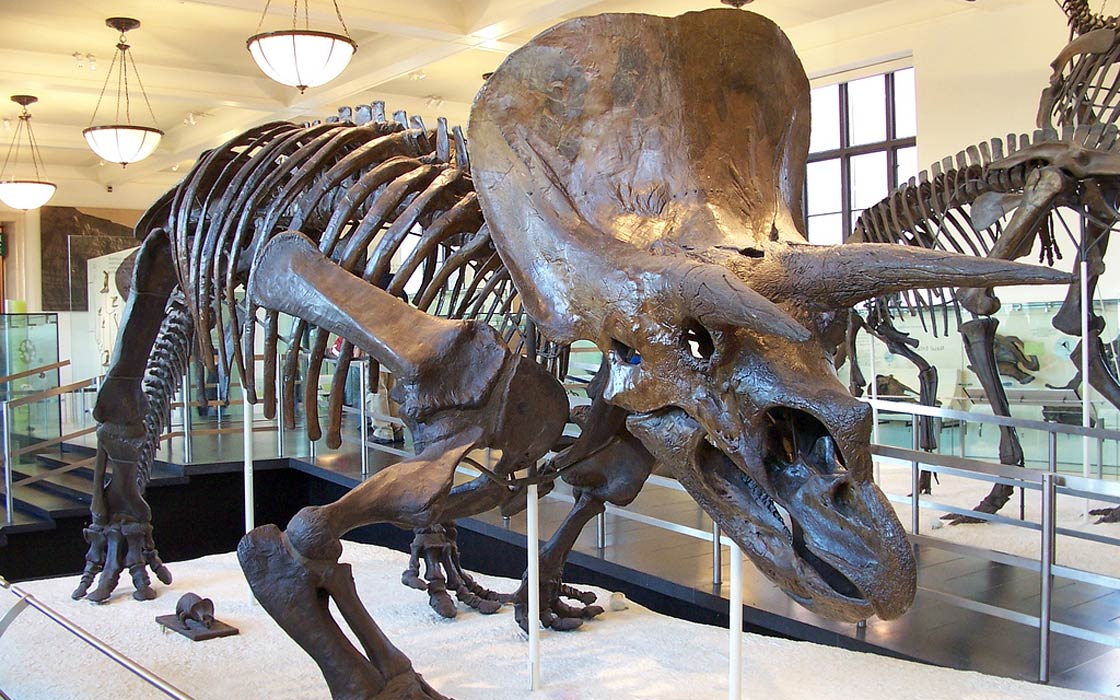
The Debate: Private Ownership vs. Public Display
Private Ownership: The Good and the Bad
Pros:
- Money Talks: Private collectors often have the cash to buy and keep fossils safe. Their funding can also help discover more fossils.
- Special Care: Wealthy collectors can afford top-notch preservation, protecting fossils from damage.
Cons:
- Limited Access: When fossils are in private hands, the public can’t usually see them. This limits their use for education and research.
- Ethical Issues: Turning fossils into a commercial commodity raises ethical questions, prioritizing profit over their scientific value.
- Loss of Information: Fossils taken out of their original locations lose context, which can hinder scientific studies about their environment and history.
Why Museums Are a Better Choice
- Public Access and Learning: Museums let everyone see and learn from fossils, sparking interest in science and history. Dinosaur exhibits can especially inspire kids and adults alike.
- Support for Research: Fossils in museums are available to scientists globally, supporting ongoing research and new discoveries. Museums often work with universities and research institutions, broadening our understanding of ancient life.
- Long-Term Care: Museums have the skills and facilities to preserve fossils for the future. They keep detailed records and ensure fossils remain in good condition, which is crucial for accurate scientific study.
Conclusion
The auction of “Apex” the Stegosaurus at $44.6 million underscores the contentious nature of fossil trade. While private ownership can sometimes ensure the preservation of these ancient artifacts, the overarching consensus within the scientific community is that fossils should be housed in museums. This approach not only guarantees their preservation but also maximizes their scientific, educational, and cultural value.
The debate continues as the market for dinosaur fossils grows. However, it is imperative that policies and practices evolve to balance private interests with the collective benefit of society and science. Ensuring that these treasures of natural history remain accessible to all is crucial for advancing our understanding of the prehistoric world.
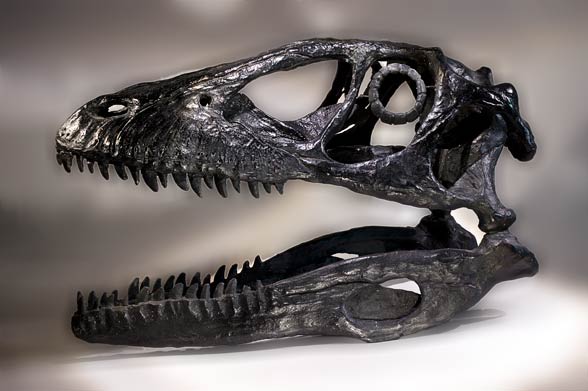
Recommended
- Megalosaurus
- The Bone wars
- Tyrannosaurs – Birth, Reign and Twilight
- Mary Anning
- Alamosaurus – one of the largest dinosaurs
- The longest dinosaurs. Sauropods Top 10
- The heaviest dinosaurs – Top 10
- The longest predatory dinosaurs. Theropods Top 10
- The heaviest predatory dinosaurs Top 10
- The longest Ornithischians (Ornithischia) TOP 10
- The heaviest Ornithischians Top 10
- The largest raptors (dromaeosaurs) Top 10
- The heaviest Dromaeosaurids / dromaeosaurs – Top 10
- The longest Ankylosaurus Top 10
- The heaviest Ankylosaurus Top 10
- The longest ceratopsians
- The heaviest ceratopsians
- The longest and largest ornithopods
- The heaviest ornithopods Top 10
- The longest Stegosaurians (Stegosauria) TOP 10
- The heaviest Stegosaurians (Stegosauria) Top 10
- The smallest sauropods Top 10
- The smallest dinosaurs Top 10
- The largest pterosaurs Top 10
- Dinosaurs
- Dinosaurs database
- Predatory dinosaurs



